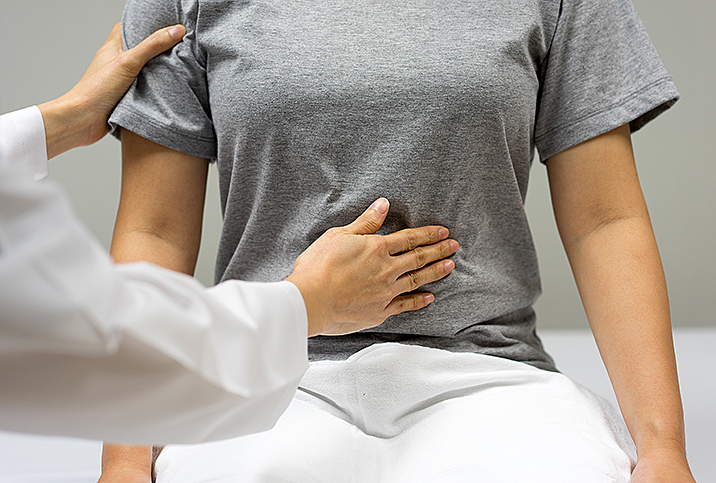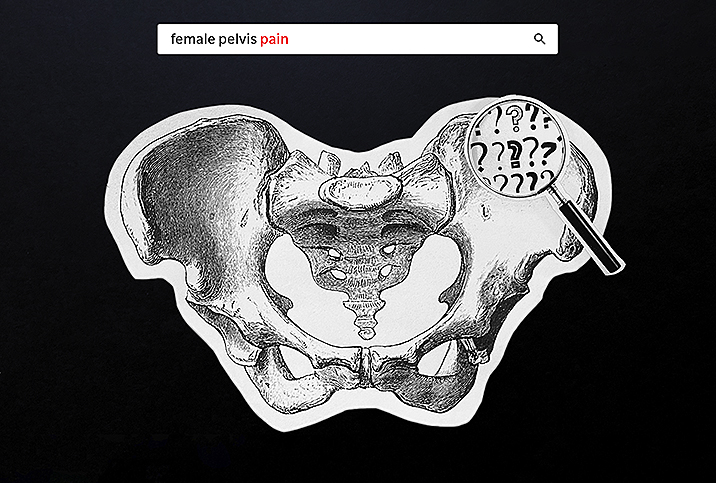What to Know About Endometriosis

As many as 1 in 10 women who suffer from endometriosis may wake up in pain every day, and it can take 10 years or more to get a diagnosis. For decades, some medical professionals told sufferers, “The pain is in your head,” or, “You just have to grin and bear it, because painful periods come with the territory of being female.”
Today, endometriosis is recognized as a significant health issue for women. A fairly common condition, endometriosis affects women of reproductive age, generally from 12 to 52 years old, and there is no known specific cause. Celebrities including TV host and author Padma Lakshmi and writer and actress Lena Dunham, both of whom experience endometriosis, hope to shed light on the cause of endometriosis. They are outspoken advocates for more funding and research into its causes, as well as cures and treatments.
What is endometriosis?
Endometriosis gets its name from the word endometrium, which is the tissue that lines the inside of a healthy uterus, or womb. Endometriosis occurs when this inner tissue begins growing outside of the uterus, onto other areas of the body where it doesn't belong. Often, endometriosis is found on organs in the pelvic cavity, including fallopian tubes and ovaries. But endometriosis can grow on the surface of the uterus, in the bladder or in the lining of the pelvic cavity. It’s not seen in the vagina. It has also been known to attach to the bowels, rectum, diaphragm, lungs and elsewhere.
When this endometrial tissue grows where it shouldn’t, it can swell and cause inflammation and pain, because it is still triggered by hormones that naturally fluctuate during a woman’s menstrual cycle. Unlike the cells in the womb that leave the body as a period, blood in other areas has nowhere to escape. Over time, the tissue that has broken down becomes trapped. Trapped blood in ovaries may form cysts. Endometrial implants can form scar tissue from chronic inflammation, which causes pain. The scarring, if left untreated, can cause infertility.
A painful impact
For most women, the discomfort caused by endometriosis is constant, but the pain becomes even more excruciating during a period—sometimes during ovulation—and can get worse over time.
Sufferers also report chronic pain in the lower back and pelvis, pain during or after sex, intestinal discomfort, painful bowel movements and pain when urinating during periods. Bleeding or spotting between periods is not uncommon. And digestive issues, including diarrhea, constipation, nausea, bloating and other symptoms, can occur during menstruation.
Besides causing chronic pain, inflammation and discomfort for several days to weeks during a woman’s cycle, endometriosis can have a significant impact on a woman’s life. The effects can be all-consuming, impacting her job, school, relationships and well-being. Symptoms can lead to a lack of energy, depression, feelings of isolation, excessive bleeding and fertility issues, and can also play havoc with a woman’s sex life.
Causes of endometriosis
The causes of endometriosis are still mostly unknown. Theories suggest that during menstruation, some of the tissue may back up through the fallopian tubes and into the abdomen, where it attaches and grows. Or endometrial tissue may travel and implant via blood or lymphatic channels, similar to the way cancer cells spread in the body. Another theory suggests that cells in any location may transform into endometrial cells.
Women who have never had children, whose menstrual cycles last more than seven days or less than 27 days, or who have family members with endometriosis may be more susceptible. The condition is especially common among women in their 30s and 40s and can also lead to difficulty becoming pregnant.

















